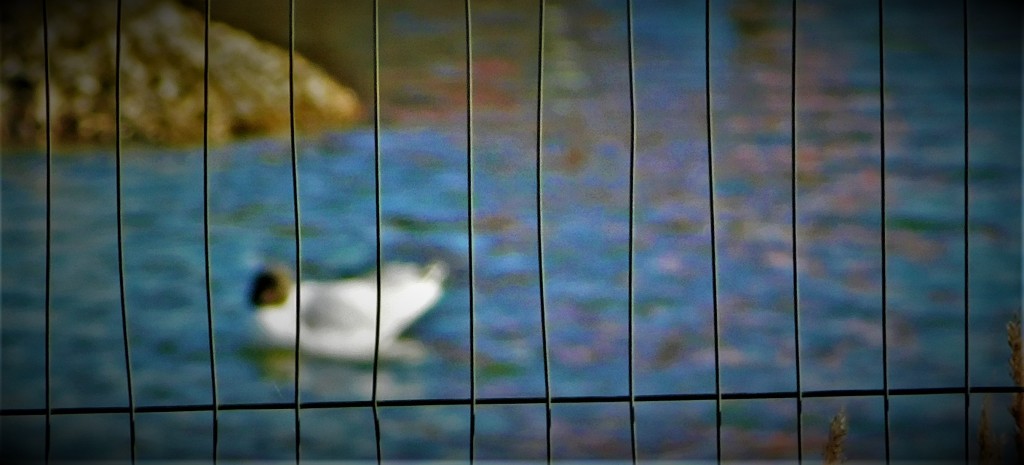I continue my mini-series looking at England men’s players through the ages with a post covering 1963-83. This will end this series as I from that point on we are dealing with cricketers from my time following the game, and I covered that era here. Also, this post will be regarded as very controversial in some quarters – the first rebel tour to Apartheid South Africa happened in 1982, and I refuse to select any of the participants in that disgraceful venture.
THE XI IN BATTING ORDER
- John Edrich (left handed opening batter). Had a fine test record, with a best of 310* vs New Zealand and scores of 175 and 164 against the old enemy among his other successes.
- *Mike Brearley (right handed opening batter, captain). Has the least impressive playing record of anyone selected in one of these XIs, but he was a splendid captain, and three of the best England openers to play in this period were involved in the rebel tour mentioned in the introduction (Amiss, Boycott and Gooch) which means that this slot was going to go someone not quite in the top bracket as a batter, so I might as well secure an excellent captain.
- Ted Dexter (right handed batter, right arm medium fast bowler). A fine attacking batter and one at home in a slot that has often caused England problems over the years.
- Ken Barrington (right handed batter, occasional leg spinner). Statistically one of England’s best ever, with an average of almost 59 for 6,800 test runs. His highest test score was 256 at Old Trafford in 1964.
- David Gower – left handed batter. When he first started, before a long term shoulder problem made itself felt, he was one of England’s finest fielders as well. He scored 58 on test debut, racked up hist test century later that same summer, scored his maiden Ashes century at Perth on that winter’s tour, hit 200* v India at Edgbaston in 1979 and confirmed his arrival among the great with a match saving 154* at Jamaica in 1981 against the most powerful bowling unit in the world at that time, that of Clive Lloyd’s West Indies. He played on for another nine years after the end of the period under discussion and might well have gone on a good while longer had the England selectors of the early 1990s treated him decently.
- Tony Greig (right handed batter, right arm medium fast bowler and right arm off spinner). He averaged 40 with the bat and 32 with the ball in test cricket, and the fact that he could bowl spin as well as seam got him this slot over the alternative candidate.
- Ian Botham (right handed batter, right arm fast medium bowler). The period under discussion includes the earliest and best years of his international career, either side of an ill-starred spell as captain. The Ian Botham of 1977-83 was unequivocally one of the greatest cricketers ever to play the game. Thereafter he had occasional great moments but was largely a fading force.
- +Bob Taylor (wicket keeper, right handed batter). Made more dismissals than any other wicket keeper though his test appearances were limited by the presence of Alan Knott (who went on that rebel tour and who I therefore regarded as unavailable). He was also a much better batter than he was often credited with being, with his 97 at Adelaide in the 1978-9 Ashes a clearly defined match winning knock.
- Philippe-Henri Edmonds (left arm orthodox spinner, left handed lower order batter). With Greig able to bowl off spin (and England’s best specialist off spinner of the period ineligible as a rebel tourist) I wanted my specialist spinner to turn the ball the other way, and England had no class leg spinners in the period under discussion and the best left armer, Underwood, was another rebel tourist. Therefore Edmonds, whose test record places him next in line gets the slot.
- John Snow (right arm fast bowler, right handed lower order batter). A fine overall test record, highlighted by his stellar performance on the 1970-1 tour of Australia, when he joined Larwood (1932-3) and Tyson (1954-5) in the select club of England quicks to have blitzed Australia on their own pitches.
- Bob Willis (right arm fast bowler). A man whose career nearly ended in 1981 but who became England captain in 1982 such was the extent to which he revived his cricketing fortunes. The key moment came at Headingley in 1981, when with Australia seemingly cruising to a victory target of 130 Brearley brought him on at the Kirkstall Lane end, with an early breakthrough required to save his career. By lunch, courtesy of a sharp bouncer that accounted for Trevor Chappell (a misguided selection – he resembled a proper test match number three in name only), a slip catch by Botham that got skipper Hughes and a catch at short leg by Gatting to account for Yallop had turned 56-1 into 58-4 and suddenly the match was revitalized. Australia continued to implode after the interval, and one stage they were 75-8, before Lillee and Bright added 35 in four overs, but then Lillee miscued a drive and was well caught by Gatting and Willis found a yorker to polish off Bright. England had won by 18 runs and Willis had taken eight of the last nine wickets to fall giving him innings figures of 8-43.
This side features one great opener, one ordinary one who compensates by being an extraordinary captain, a powerful 3-5, a batting all rounder at six, a bowling all rounder at seven, a great keeper who was better with the bat than he was given credit for being, a left arm spinner who could bat a bit and two fine fast bowlers to round out the order. A bowling unit of Snow, Willis, Edmonds, Botham, Greig (either as fourth seamer or second spinner depending on conditions) plus Dexter and Barrington as back up options if needed should not struggle to take 20 wickets either.
HONOURABLE MENTIONS
Firstly there is a person who merits a paragraph to himself:
BASIL D’OLIVEIRA
Had he been able to play international cricket for his native land when in his mid 20s instead of finally getting the opportunity in his mid-thirties after moving halfway round the world to find cricketing fulfillment I have little doubt that he would have been one of the game’s all time greats. As it was he averaged 40 with the bat and had moments as a medium pacer without doing enough in that department to be classed as a test all rounder (which is why Greig got the number six slot).
OTHER HONOURABLE MENTIONS
Colin Cowdrey played a lot of his cricket in the period under discussion, but having included him in the XI for the earlier period I felt able to leave him out, and as you will have noted, even with the rebel tour creating problems there was no shortage of batting options available to me. Tom Cartwright and Geoff Arnold, two very fine seamers who played in this period would have their advocates. Had I need an off spinner the only option of sufficient class not rendered ineligible by rebel touring was Ray Illingworth (Geoff Miller’s record looks respectable at first glance, but he only took an average of two wickets per match, which counts against him). Derek Randall had his moments for England, especially against folks in baggy greens, but his overall test record falls short of the required standard. Allan Lamb who became eligible for England near the end of the period under discussion made a fine start to his test career, but he was never comfortable against spin, and for all his southern hemisphere birthplace he never delivered away from home. Mike Hendrick and Chris Old were stalwarts for England in the late 1970s and early 1980s but while acknowledging their qualities I preferred the extra pace of Snow and Willis for my specialists.
PHOTOGRAPHS
My usual sign off…




































































































